Last spring, a neighborhood in Chicago watched its newly renovated park turn into a swamp after heavy rains. Kids couldn’t use the playground, and local businesses faced flooded parking lots. The culprit? Aging infrastructure couldn’t handle the surge of rainwater rushing off streets and rooftops. That’s where we stepped in, providing stormwater management systems designed to handle excess water, protect properties, and keep the community safe from future flooding.
Whether it’s a bustling city block or a quiet farming community, water shapes how people live. In urban areas, concrete landscapes send runoff racing into overwhelmed drains. Rural regions face eroded soil and contaminated streams. Every raindrop matters—and how we handle it defines our future.
We blend time-tested engineering with nature-inspired solutions. Think permeable pavements that let water seep back into the earth or rain gardens that filter pollutants. Our team works hand-in-hand with communities, adapting to local soil, climate, and rules. No two projects are alike, but they all share one goal: creating spaces that thrive, rain or shine.
From coast to coast, we’ve seen how smart design prevents floods, protects ecosystems, and saves money. By focusing on long-term value, we build solutions that communities can count on for decades—keeping parks dry, water clean, and neighborhoods resilient.
Key Takeaways
- Customized approaches for urban and rural challenges
- Innovative blending of engineering and green techniques
- Nationwide expertise adapted to local conditions
- Focus on cost savings and environmental health
- Collaborative process with communities and regulators
Introduction to Stormwater Management
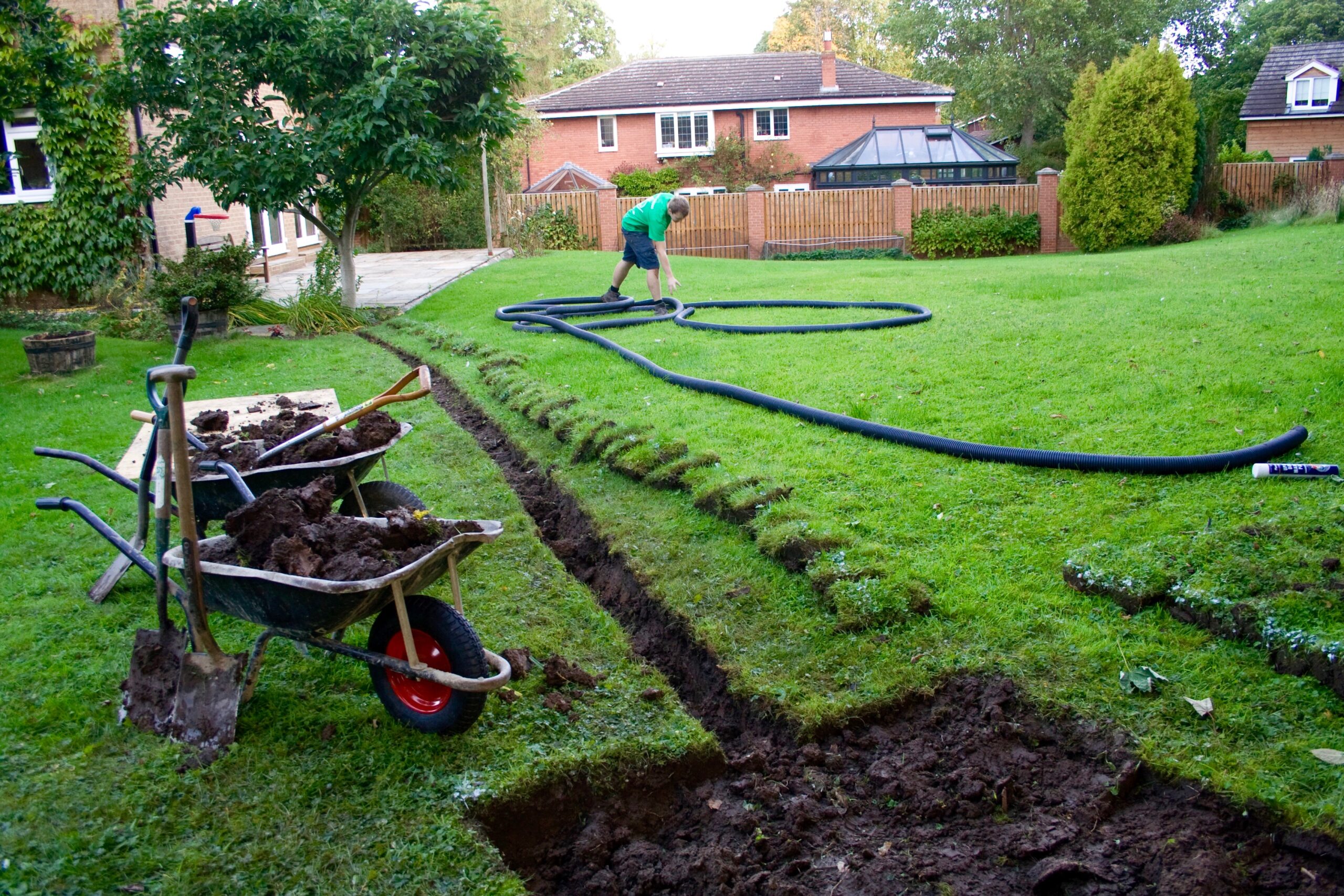
Credit: Green Onion Landscaping
When rain falls, it doesn’t just disappear. In cities, it races across pavement into clogged drains. On farms, it washes topsoil into streams. Both scenarios demand smart solutions that work with nature, not against it.
What It Means and Why It Matters
We view this practice as a way to guide rainwater safely back to the earth. Every downpour carries dirt, chemicals, and debris toward rivers and lakes. Without proper controls, these pollutants harm fish habitats and drinking sources. Our methods prioritize prevention over cleanup, keeping ecosystems intact.
City Streets vs. Country Fields
Urban zones struggle with concrete landscapes where water can’t soak in. Parking lots and roofs send surges into drains during storms. Rural regions face different issues—excess flow from crops or forests can strip nutrients from soil.
In both cases, the goal remains the same: balance human needs with environmental health. By designing solutions tailored to each landscape, we protect homes from floods and keep waterways clean for future generations.
Stormwater Management Systems: Core Components
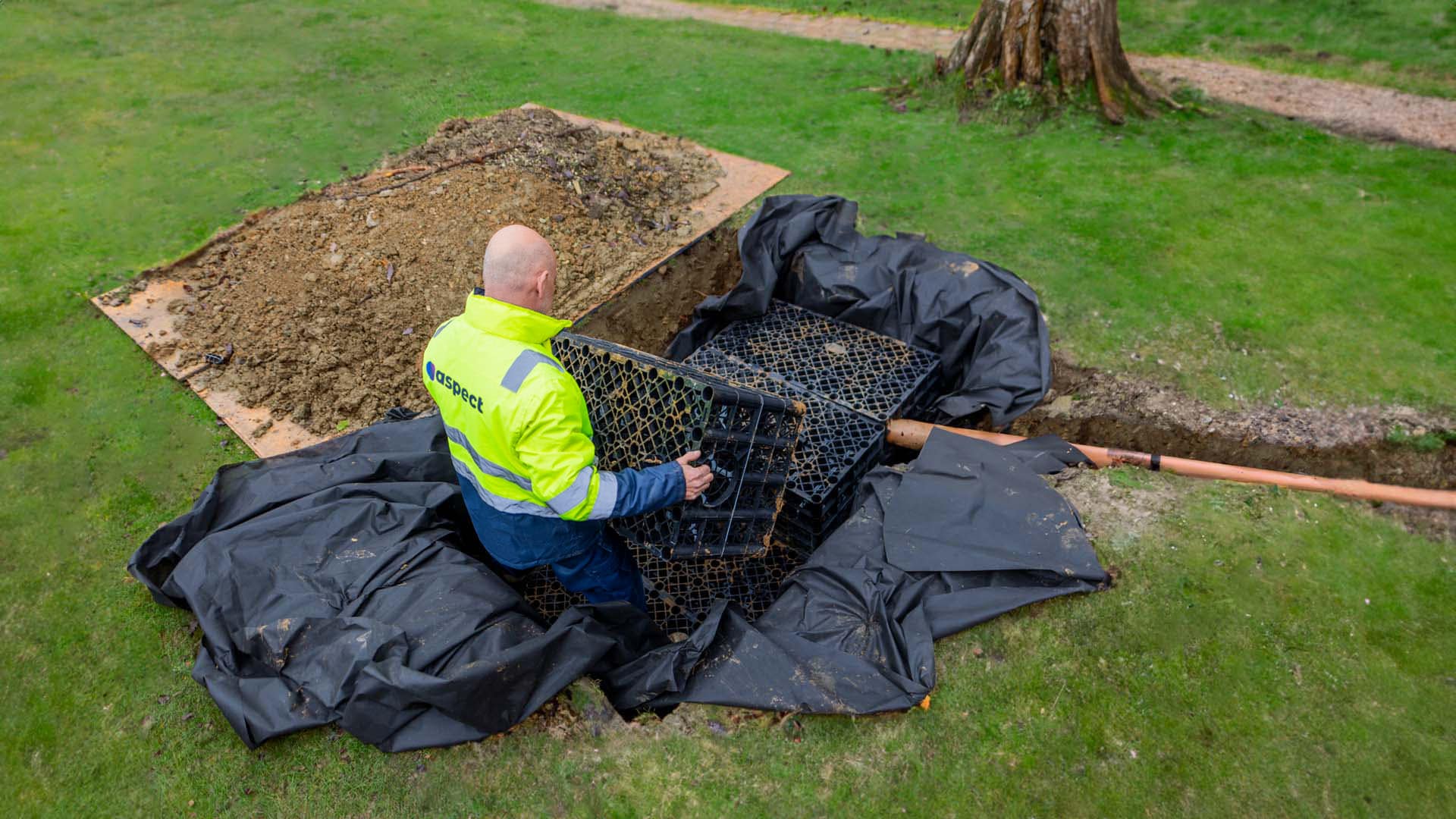
Credit: Aspect
Picture a suburban schoolyard where puddles linger for days after a storm. Nearby, a shopping center’s parking lot becomes a temporary lake. These scenes highlight why modern rainwater solutions need smart design. We combine natural processes with engineered structures to tackle these challenges head-on.
Nature-Based Strategies
Our team designs living systems that mimic natural water cycles. Bioswales guide runoff through vegetation, filtering pollutants. Permeable pavements let rain seep into the ground, reducing surface flow. These methods cut flooding risks while recharging aquifers.
Engineered Water Control
Two types of basins play critical roles. Detention basins act like temporary parking spots for heavy rains—dry most days but ready to handle surges. Retention basins maintain permanent pools, continuously improving water quality through natural settling processes.
| Feature | Detention Basin | Retention Basin |
|---|---|---|
| Water Presence | Dry between storms | Always contains water |
| Primary Function | Flood prevention | Pollution control |
| Design Focus | Rapid drainage | Slow filtration |
We often blend both approaches. A shopping center might use underground detention tanks beneath a rain garden. This hybrid design saves space while addressing multiple needs. Our solutions adapt to local soils, rainfall patterns, and community goals—proving effective infrastructure can be both functional and eco-friendly.
Design Best Practices for Stormwater Management
Arizona’s desert communities face flash floods that vanish as quickly as they arrive. These sudden surges demand smart solutions balancing immediate safety with long-term resource capture. Our approach starts where water meets land—analyzing every slope, surface, and soil type.
Mapping Nature’s Blueprint
We begin by studying watersheds like detectives. Topography maps reveal how rainwater travels across neighborhoods and fields. Soil tests show absorption rates, while surveys pinpoint existing drainage patterns. Impervious surfaces—rooftops, roads, parking lots—get special attention. Their runoff coefficients predict flow volumes, helping us design solutions sized for reality.
Smart Solutions, Lasting Results
Our team favors techniques working with nature’s rhythm. Permeable pavers might replace traditional concrete in high-traffic areas. Rain gardens could filter runoff near schools. Every choice considers cost, maintenance needs, and community goals. “Why fix problems once when you can prevent them forever?” guides our planning.
We create systems serving multiple purposes. A detention basin might double as a park during dry spells. Green roofs reduce urban heat while capturing rainfall. By treating water early, we protect streams and cut treatment costs downstream. It’s not just about controlling flow—it’s about transforming challenges into assets.
Innovative Techniques in Stormwater Reuse and Filtration
A Phoenix elementary school transformed its cracked basketball court into a thriving pollinator garden using nothing but redirected rainfall. This shift shows how modern techniques turn weather challenges into resources. We focus on methods that reuse every drop while protecting ecosystems.
Rainwater Harvesting and Runoff Capture
Our team designs systems that catch precipitation where it lands. Rooftops become collection points, sending rain through filters into storage tanks. A single inch of rain on a 1,000 sq ft roof yields 600 gallons of reusable water.
| Application | Residential | Commercial |
|---|---|---|
| Storage Capacity | 50-500 gallons | 5,000-50,000 gallons |
| Primary Use | Gardens | Cooling systems |
| Annual Savings | 30% water bills | $5k-$15k |
These systems reduce strain on municipal supplies. Schools use captured water for athletic fields, while factories cool machinery with recycled rain.
Constructed Wetlands and Bioswales
We build living filters using native plants. Engineered wetlands in Ohio cleaned a contaminated creek so effectively, herons returned after 20 years. Bioswales along parking lots slow runoff, letting soil absorb pollutants naturally.
Key benefits include:
- 65% reduction in nitrogen levels
- Habitat creation for 150+ species
- 30% faster groundwater recharge
“Water shouldn’t be wasted—it should work twice,” says our lead designer. By combining smart engineering with nature’s wisdom, we create solutions that nourish communities and ecosystems alike.
Maintenance and Performance Monitoring of Stormwater Systems
Many communities discover their water control investments work best when treated like living systems. A school in Texas learned this after their new bioswale started clogging with leaves—until scheduled cleanings restored its flood prevention power. Regular care makes all the difference.
Preventative Checks Keep Things Flowing
We inspect every component quarterly. Catch basins get cleared of debris. Sediment gets removed from retention ponds before reaching critical levels. This proactive approach prevents 80% of potential issues.
Our teams use customized checklists matching local needs. Coastal sites require more frequent inlet cleanings due to sand. Industrial zones need extra pollutant screenings. Adaptation beats standardization in maintaining peak performance.
Smart Sensors Tell the Full Story
Probes at outfall points now collect data 24/7. They track turbidity spikes during storms and pH shifts from road salt runoff. This information flows to dashboards showing real-time water conditions.
| Maintenance Approach | Traditional | Tech-Enhanced |
|---|---|---|
| Frequency | Monthly inspections | Continuous monitoring |
| Data Collection | Manual samples | Automated sensors |
| Response Time | Days to weeks | Instant alerts |
| Key Benefit | Lower upfront cost | Long-term savings |
Clients receive alerts when flow rates exceed safe levels or treatment efficiency drops. This allows quick fixes—like adjusting filtration media—before problems escalate. “Knowledge is power,” says our lead field technician. Seeing trends helps communities prepare better for changing weather patterns.
Combining hands-on care with digital insights creates resilient solutions. Our maintenance plans evolve as systems age, ensuring they protect neighborhoods and ecosystems for generations.
Case Studies and Success Stories
In Seattle’s Capitol Hill neighborhood, a once-flooded intersection now boasts a vibrant plaza with hidden water-handling superpowers. This transformation reflects our approach: turning challenges into community assets through smart design.
Urban Innovation Meets Rural Ingenuity
Downtown Minneapolis saw us retrofit a historic commercial district with permeable pavers and underground storage. Result? 42% less flooding during spring rains, plus new pedestrian plazas where puddles once pooled. Local shops reported 15% foot traffic increases post-construction.
In Ohio’s farm country, we partnered with a 200-acre vineyard. Our redesigned drainage channels now capture nutrient-rich runoff, redirecting it to irrigation ponds. “We’re saving $12,000 yearly on fertilizers,” the owner noted. Downstream water quality improved by 38% within two growing seasons.
Creative problem-solving shines in tight spaces. A Baltimore school’s flooded courtyard became an award-winning rain garden with educational signage. Teachers use it for science lessons, while the system handles 90% of site runoff. These projects prove effective solutions can serve multiple purposes.
| Project Type | Key Benefit | Community Impact |
|---|---|---|
| Urban Retail | Flood reduction | Economic growth |
| Rural Agriculture | Cost savings | Ecosystem protection |
| Educational | Storm capture | Learning opportunities |
From steep Appalachian slopes to crowded coastal cities, our work shows that thoughtful development creates lasting value. Every project strengthens our belief: good design should solve today’s problems while planting seeds for tomorrow’s opportunities.
Implementing Stormwater Solutions Nationwide
In Denver, a redesigned transit hub now doubles as a flood buffer during monsoon season. This dual-purpose approach reflects how we implement water control strategies across diverse regions. Our team bridges technical requirements with community aspirations, creating functional spaces that serve people and ecosystems.
Integration With Local Infrastructure
We partner with city planners and utility teams from day one. By aligning our designs with existing roads, parks, and drainage networks, we maximize efficiency. Adaptive infrastructure becomes invisible—hidden beneath parking lots or woven into public spaces.
| Integration Type | Urban Areas | Rural Regions |
|---|---|---|
| Key Partners | Transit authorities | Agricultural boards |
| Space Utilization | Underground storage | Natural drainage corridors |
| Regulatory Focus | Flood mitigation codes | Erosion control standards |
Our engineers recently retrofitted a Midwestern hospital’s parking structure with subsurface storage tanks. This upgrade handles peak rainfall without disrupting daily operations.
Community Engagement and Environmental Benefits
Residents shape every project through town halls and design workshops. In Nashville, neighbors helped choose native plants for bioswales along their streets. “You’re giving us beauty and flood protection,” one participant noted.
These collaborations yield measurable ecological wins:
- 28% average reduction in urban heat islands
- 15+ new wildlife species observed per site
- 40% faster permit approvals through early feedback
We phase installations to match budget cycles, letting towns start small and expand. A coastal community built rain gardens near schools first, then scaled to commercial districts. This staggered approach keeps costs manageable while delivering immediate benefits.
Our Service Locations and Contact Information
We’ve transformed flooded parking lots into functional spaces from Baltimore to Richmond. Our Mid-Atlantic teams design solutions for urban corridors and rural routes alike—wherever water meets pavement.
Washington, DC and Maryland Offices
Our DC team redesigned a Silver Spring shopping center’s drainage after chronic flooding closed stores. Now, permeable pavers handle 800+ parking lot spaces while native plants filter runoff. Need storm sewer upgrades near federal buildings? We navigate strict codes smoothly.
Virginia Locations and Additional Contact Details
In Richmond, we’re helping neighborhoods replace outdated sewers with smart systems. Arlington’s mixed-use developments use our underground storage for tight lots. Connect with our Virginia crew:
Service hotline: 855-555-0202
Project inquiries: solutions@waterdesign.co
Every parking lot and street corner tells a story. Let’s write yours with solutions that protect communities and commerce. Whether upgrading storm sewers or rethinking residential lots, we’re here to help water flow right.
FAQ
Why is managing rainfall runoff critical in cities?
Urban areas have more paved surfaces like roads and parking lots, which prevent natural absorption. Without proper control, excess water can overwhelm sewers, cause erosion, or pollute nearby streams. We prioritize solutions that mimic nature to reduce flooding risks.
How do green infrastructure techniques improve water quality?
Features like rain gardens or bioswales filter pollutants through soil and vegetation before water reaches waterways. These methods also slow down flow rates, protecting against erosion and supporting healthier groundwater recharge.
What’s the difference between detention and retention basins?
Detention basins temporarily hold water during heavy storms, releasing it slowly to prevent surges. Retention basins, however, store water long-term for reuse or gradual infiltration. Both play unique roles in balancing drainage needs.
How do you address impervious surfaces in planning?
We assess how rooftops, driveways, and other non-absorbent surfaces contribute to runoff. By integrating permeable materials or redirecting flow to vegetated areas, we reduce strain on drainage networks and improve overall system efficiency.
Can harvested rainwater be reused effectively?
Absolutely! Captured runoff can irrigate landscapes, cool buildings, or even supplement non-potable uses. We design systems tailored to local needs, ensuring collected resources support sustainability goals without wasting precious supplies.
What maintenance keeps these systems functioning well?
Regular inspections clear debris from inlets, check sediment levels in basins, and ensure vegetation thrives. Adding sensors helps track performance remotely, allowing quick adjustments before minor issues become costly repairs.
Do your solutions work in both rural and developed areas?
Yes! For example, constructed wetlands naturally treat runoff on farms, while urban projects might combine underground storage with rooftop gardens. Flexibility lets us adapt strategies to each community’s unique landscape.
How does community involvement strengthen results?
Educating residents on reducing pollution or adopting rain barrels creates shared responsibility. When locals understand how their actions protect streams and reduce flooding, long-term success becomes a collective achievement.

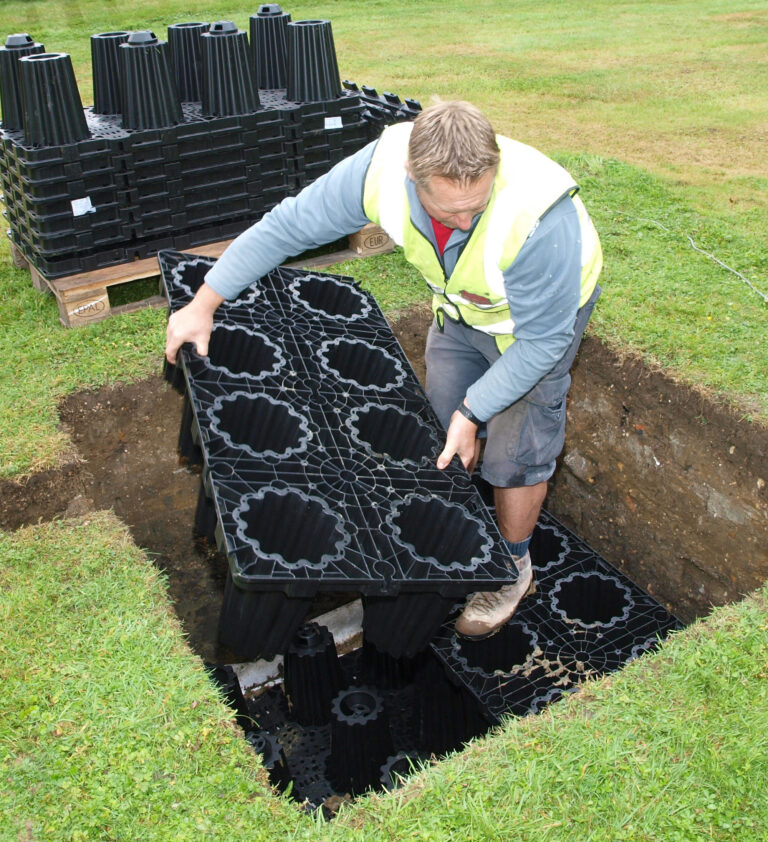
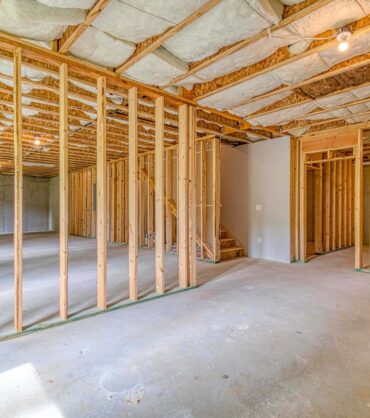
![[GetPaidStock.com]-680786795b816 [GetPaidStock.com]-680786795b816](https://dmvwp.com/wp-content/uploads/2025/04/GetPaidStock.com-680786795b816-370x418.jpg)
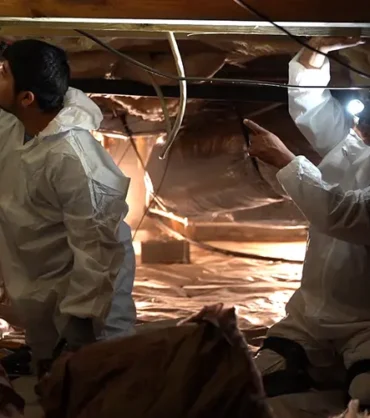
![[GetPaidStock.com]-682c400c87c15 [GetPaidStock.com]-682c400c87c15](https://dmvwp.com/wp-content/uploads/2025/04/GetPaidStock.com-682c400c87c15-370x418.jpg)
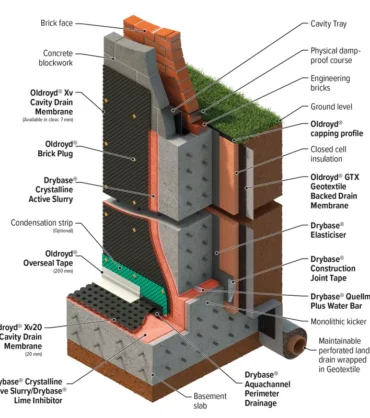
![[GetPaidStock.com]-682c413fa898e [GetPaidStock.com]-682c413fa898e](https://dmvwp.com/wp-content/uploads/2025/03/GetPaidStock.com-682c413fa898e-370x418.jpg)